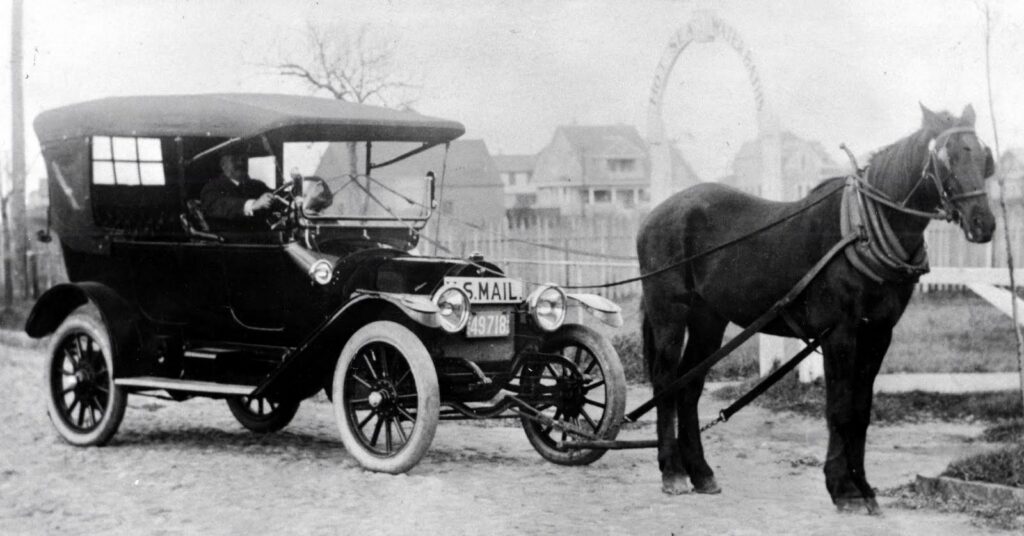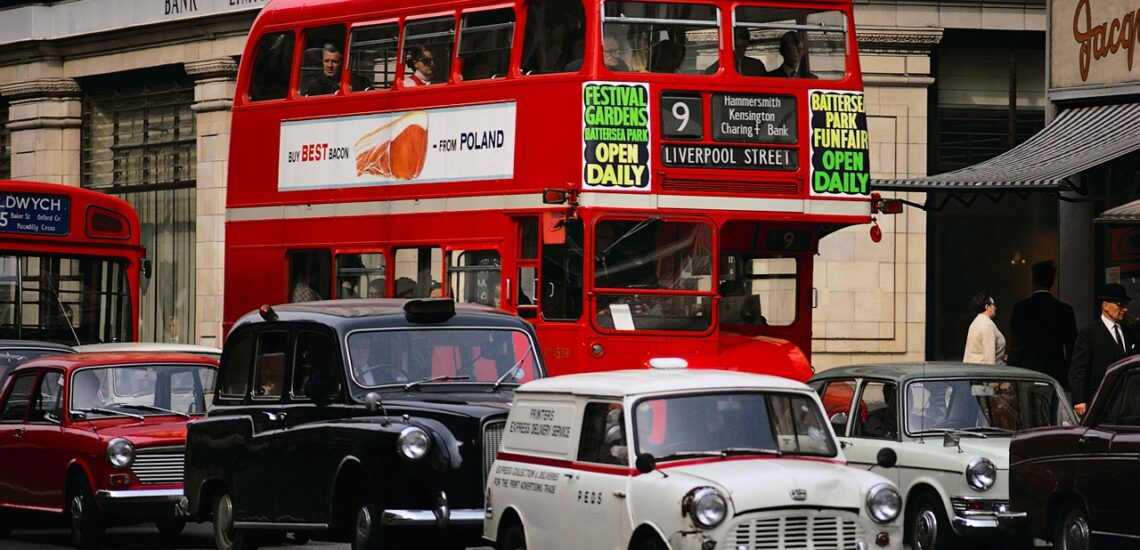Why doesn't humanity drive on the same side of the road?
There is no driver who has not thought about second-hand Japanese cars at least once — they are superb in all ways, but the steering wheel is on the right, it is not respectable… Did you know that in Japan, a left-hand-drive car, familiar to many, on the contrary, has a touch of elitism? How did it happen that there was no general opinion in the world on the question “Where to make a steering wheel”?
Before the appearance of the dispute subject, humanity had been figuring out for a long time which side of the road it was better to drive on. The answer was determined by two factors: social status and the fact that most people are right-handed. Commoners walked on the right to protect goods carried on the right shoulder. Carriages and carts were also taken to the right when passing other vehicles — it was easier to pull the reins in the direction of a stronger hand. On the contrary, it was more convenient for on-foot or mounted soldiers to pass on the left side. In case of a conflict, the striking hand with a sword is closer to the opponent — and if it doesn’t come to a fight, blades hanging on left hips will not hit each other. Since warriors were a minority of the population, and weapons on the road eventually ceased to be a necessity, right-hand traffic gradually began to dominate. By the 18-19th centuries, traffic flows had grown so much that a legislative determination of the right side was required.
For example, foreign historians believe that the current driving norm in Russia was approved by Napoleon, who conquered (!) the country. However, this is a misconception — in 1752, the Empress Elizabeth put enlightened Europe’s nose out of joint by issuing a decree on driving of carriages and coaches in cities on the right side of pavement. Four years later, the English Parliament (the first in the Old World) adopted the Bill on driving on London Bridge on the left side. By the way, the Bill records the size of the first-ever fine for driving on the wrong side — 1 pound of silver. The rest of the English roads were sent to the left by the Road Act of 1773.

It is not known exactly why the sons of Albion chose a different orientation. Presumably, the principle is taken from the rules of navigation, according to which even now ships at sea pass on their starboard side. Subsequently, almost any “left side rule” in the world originated from Britain — in India, Australia, East and South Africa, and the Pacific countries. For example, the Japanese adopted the rule of the left side after the British had built the first railway in Japan by 1872, of course, in their own way. And after fourteen years, the first cars appeared…
The first horseless carriages were controlled by a lever sticking out of the floor — a “leash”. It required a lot of strength, that’s why a driver usually sat on the left. In 1893, the uncomfortable “leash” was replaced by a steering wheel – on the French Panhard car created for the Paris-Amsterdam race. You can turn the wheel with both hands, but for this, it is better to sit directly behind it, and not on the side — so the main control unit shifted to the side of a car. But to which one?
At first, a steering wheel was placed closer to the roadside — on the right for right-hand traffic and on the left for left-hand traffic. It was easier for a driver to step out, horse-drawn carts were better visible (overtaking of a car in those days was a rare event). But there were more cars, and the main attention of a driver began to be occupied by oncoming and overtaking cars. That’s why he was moved. The 1908 Ford T was the first model with a left-hand drive and a correct driving position.
By the 1920s, on the vast majority of cars, the driver’s seat was on the side of oncoming traffic. However, there were exceptions. For example, until the 1960s, in right-hand Italy, all Lancia models were equipped with right-hand drive — for driving in the mountains. The same principle still applies in some Italian trucks. In the United States and Canada, cars delivering mail still differ from all others by right-hand drive — so that a postman can put a letter in a drive-up mail box without leaving the car.

And in Sweden, until 1967, all cars had a European steering wheel, but moved on the left, because of the narrow roads and dangerous roadsides. That created problems when visiting right-hand Norway and Finland, not to mention the rest of Europe. First, the question of the switching was put to a referendum, in which 83% of Swedes said “no”. Eight years later, the parliament adopted the necessary resolution, without asking anyone. Early Sunday morning (04:50) on September 3, 1967, all Swedish cars stopped together, carefully crawled to the other side of the road and continued driving at 05:00.
In the first month, the accident rate fell to almost zero — the Swedes have never driven so carefully. Unfortunately, within two years, the number of road accidents returned to the previous level. There was also the only reverse switch in modern history — Mozambique moved from right to left for a better connection with “Anglophiles” – Zimbabwe and South Africa.
Countries that don’t want to adapt to their neighbors conjoin different traffic formats at the borders. It may be limited to marking and signs where there is not heavy traffic. But on major highways, it is necessary to build multi-level interchanges and special bridges. Many of these constructions become real masterpieces of engineering art.
Entry into a left-hand country by a right-hand car (and vice versa) is legal in most cases — according to the Vienna Convention on Road Traffic of 1968, it is enough that a four-wheeled “horse” complies with the rules of the state where it is registered. However, not everyone has signed the convention — for example, Oman ignores it. It is much more difficult for the wrong car to get a permanent residence permit. In Australia, left-handed cars are prohibited — those who import them must necessarily spend money on re-equipment. An exception is made for antique cars older than 30 years. In New Zealand, a special permit is required; the restrictions don’t apply to diplomats and… Antarctic explorers who usually use imported equipment. In Cambodia, right-handed cars make up 80% of the fleet, but in 2001, the government banned them, threatening to confiscate ones from those who don’t bring the vehicle into compliance with the law. By the way, it costs one or two average annual incomes to shift a steering wheel there. The Russian traffic police sometimes try to follow the example of Cambodia , but, so far, without success. The European authorities don’t register right-handed cars in Slovakia and Lithuania.
Interestingly, shifting of the steering wheel doesn’t affect the order of the control pedals in any way — in all countries, it is fixed from right to left by the ABC — Accelerator Brake Clutch formula. Thanks to this, a Russian who rents a car in Cyprus, at least doesn’t get confused with his feet. It is possible that the blurred borders of states, in the end, will also lead to a single location of the steering wheel — it’s not for nothing that some concepts have it again in the middle.

This is a translation. You can read the original here: https://www.drive.ru/technic/4efb332e00f11713001e3ee6.html






